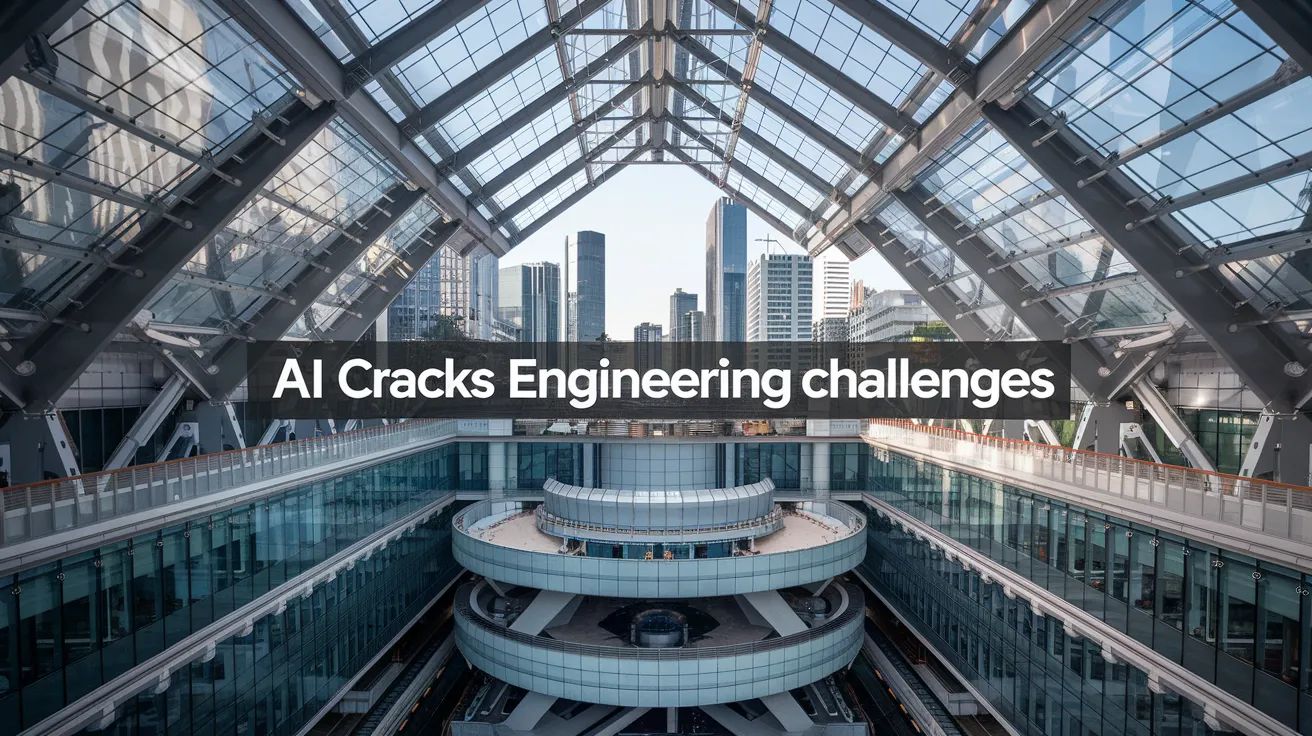AI Solves Engineering Problems Faster

Recent advancements at Johns Hopkins University have led to the development of a groundbreaking artificial intelligence framework that promises to accelerate engineering problem solving significantly, achieving results thousands of times faster than traditional supercomputers. This innovative AI can tackle complex mathematical models necessary for accurately predicting how structures respond in various scenarios, such as car crashes or aerospace challenges.
Introducing DIMON: A Game-Changer in Engineering
The AI framework, known as DIMON (Diffeomorphic Mapping Operator Learning), addresses partial differential equations, which are foundational to modeling fluid dynamics, electrical systems, and other scientific phenomena. This generic approach allows DIMON to predict solutions rapidly, regardless of the unique geometries involved, thereby simplifying and hastening engineering analyses across multiple domains.
According to Natalia Trayanova, a leading researcher in the project, the versatility of DIMON makes it a vital tool not just for their specific applications but potentially across a wide spectrum of engineering fields. “It can work basically on any problem in any domain of science or engineering to solve partial differential equations on multiple geometries,” she stated.
Applications in Biomedical Engineering
One of the significant areas where DIMON has proven its capabilities is in biomedical engineering, particularly in modeling **digital twins** of patient hearts. Using this AI framework, researchers tested over 1,000 unique heart models, accurately predicting the electrical signal behavior within each heart using high prognostic accuracy.
Trayanova elaborates on the implications of this advancement: “Currently, it can take us about a week to scan a heart and analyze the data. With DIMON, we anticipate reducing this computation time from multiple hours to just 30 seconds, all performed on standard desktop computers rather than supercomputers. This efficiency is crucial for integrating such technologies into daily clinical practices, ultimately improving patient care.”
Reducing Computational Burdens
Traditional methods of solving partial differential equations typically rely on dividing complex geometries into grids or meshes. Each reshaped or newly defined geometry would necessitate recalculating solutions extensively, leading to a slow and resource-intensive process. In contrast, DIMON leverages AI to understand physical behaviors across variations in shape, predicting how variables like heat or stress behave without recalibration for every new form.
User feedback from testing DIMON has shaped its potential applications, with possibilities ranging from optimizing engineering designs to enhancing research efficiency in fields starved for computational resources.
Future Prospects and Collaboration
Moving forward, the researchers intend to refine DIMON further by integrating cardiac pathologies, allowing for even more precise assessments of arrhythmia risks among patients. As highlighted by **Minglang Yin**, Alexander Charon, and other team members, the charm of DIMON lies in its efficiency and scalability, echoing the vision of providing transformative tools to the broader engineering community. “We are very excited to put this technology to work on many problems and offer it to accelerate engineering design solutions across disciplines,” Yin commented.
Supported by various prestigious grants, including those from the NIH and the Air Force Research Laboratory, the researchers underline their commitment to further exploration and application of this AI technology, making strides in engineering methodologies.
This innovation by Johns Hopkins epitomizes the ongoing integration of AI into complex problem-solving, indicating a bright future for engineering disciplines as computational tools continue to evolve.